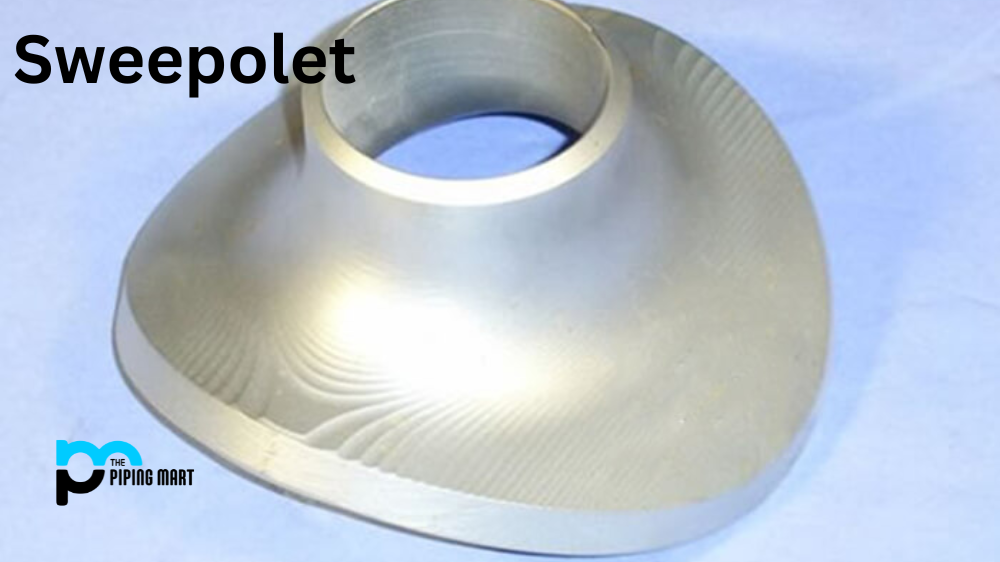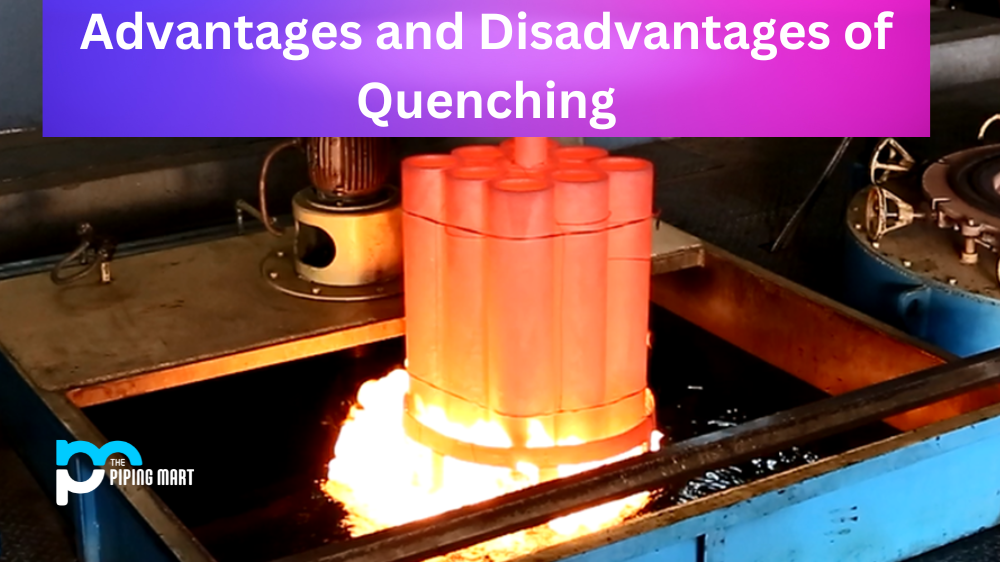Pressure welding is a popular method used by welders that involve applying pressure during the welding process. This type of welding has numerous advantages and disadvantages that must be considered before it is chosen. Let’s take a closer look at the pros and cons of pressure welding so you can decide if it’s right for your project.
Advantages of Pressure Welding
One of the biggest advantages of using pressure welding is that it produces strong welds with minimal distortion. Since this method uses mechanical force to bond two metals together, less heat is generated during the process, reducing the chance of a weakened or distorted weld. Also, pressure welding can help increase production speeds since it takes less time than other welding processes. This means you can get more work done in less time, saving you money on labor costs and materials.
Another advantage to this type of welding is that it requires fewer parts than other methods like gas or arc welding. This makes it easier to set up and use, saving time and money when getting ready for a job. Plus, since no filler material is required with pressure welding, you don’t have to worry about buying or storing additional materials for your project.
- Pressure welding is a process that uses pressure instead of heat to join two pieces of metal together.
- Pressure welding is faster than traditional welding methods, as it does not require the metal to be heated to a high temperature.
- Pressure welding is more efficient than traditional welding methods, as it requires less energy to weld two pieces of metal together.
- Pressure welding is more precise than traditional welding methods, as it allows for more control over the weld joint.
- Pressure welding is less likely to cause warping or distortion of the metal, as it does not require the metal to be heated to a high temperature.
Disadvantages of Pressure Welding
The biggest disadvantage to using pressure welding is that it requires specialized equipment that may need to be more readily available and affordable for many projects. Depending on where you live, renting or purchasing this equipment could be difficult or expensive, increasing your overall costs significantly. Additionally, since pressure welders require high levels of precision to function properly, they are best suited for experienced welders who understand how they work and how to use them safely and efficiently.
High Initial Cost
One of the main disadvantages of pressure welding is the high initial cost. Pressure welding equipment can be very expensive, and the process requires great training and experience. Additionally, pressure welding is often only feasible for large-scale projects due to the high costs involved.
Limited Applications
Another disadvantage of pressure welding is that it has limited applications. The process can only be used on certain materials, which is only suitable for some types of welds. For example, pressure welding can only be used on thin materials or strong enough materials to withstand the high pressures involved.
Time-Consuming
Pressure welding can also be quite time-consuming, as the process requires great precision and care. Pressure welders must take their time to ensure that all of the necessary steps are followed correctly to avoid any mistakes that could jeopardize the quality of the weld.
Requires Specialized Equipment
Another disadvantage of pressure welding is that it requires specialized equipment. Pressure welders must have access to a pressurized chamber to perform the process, which can be costly and difficult to obtain. Additionally, pressure welders must have a great deal of experience to operate the equipment safely and effectively.
Can Be Dangerous
Finally, it is essential to note that pressure welding can be dangerous if not done properly. The high pressures involved can cause serious injuries if someone is not careful. Additionally, the process produces a great deal of heat, which can also be dangerous if not properly controlled.
Conclusion:
When deciding whether or not to use pressure welding for a project, there are many factors you should consider, such as cost, production speed, ease of use, availability of resources, and expertise required. While this type of welding does have some great advantages over other methods, like reduced distortion due to minimal heat generation and faster production speeds due to fewer parts needed, its biggest drawback is its specialized equipment needs which may not always be available or affordable depending on your location or budget. As long as these potential issues are considered beforehand, pressure welding can be an excellent choice for many projects!

Abhishek is a seasoned blogger and industry expert, sharing his insights and knowledge on various topics. With his research, Abhishek offers valuable insights and tips for professionals and enthusiasts. Follow him for expert advice on the latest trends and developments in the metal industry.




